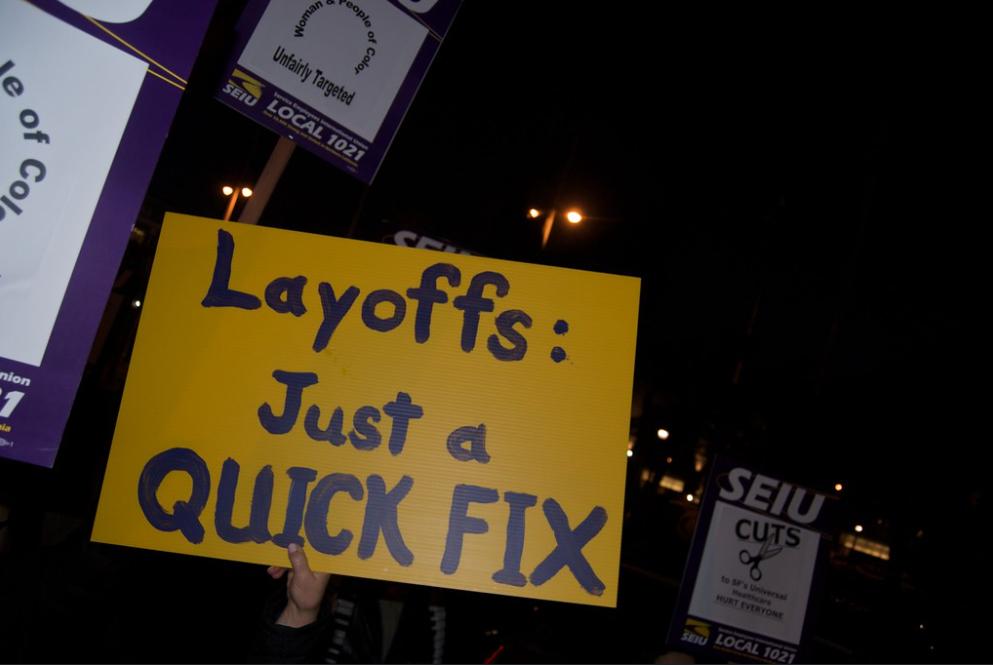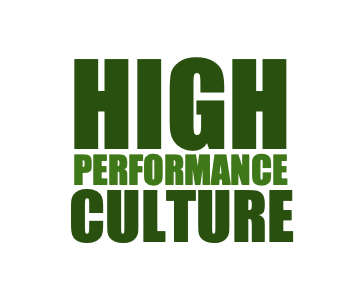Economies cannot grow forever, and that makes recessions a natural part of life. Companies that can only succeed during the “good” years, aren’t that strong of a company, and it shouldn’t surprise us that those companies collapse. No where is this felt even more then in the world of startups and scaleups. Budgets are already tight, and even small economic changes can start a downward spiral that the startup never recovers from. But instead of waiting around to see if a recession will kill your company, you can do something to make sure you not only survive the recession, but thrive because of it.
Research from Harvard (Gulati, Nohria, & Wohlgezogen, Harvard Business Review, 2010) shows that 17% of public companies won’t survive a recession. They will either go bankrupt, be acquired, or become private. Of the companies that do survive 3 years after a recession, 66% of them will not have regained their pre-recession growth rates for sales and profits. These failure rates will be even higher amongst startups / scaleups.
But there is one group that actually thrives during a recession. 9% of public companies end a recession performing at a higher rate compared to the beginning of the recession. They even outperform their competitors by 10% in terms of sales and profitability. It should be no surprise that these high performing companies end up dominating the post-recession period.
So what strategic characteristics define these companies? They aren’t the companies that go extreme on cost cutting, nor are they the companies that continue to heavily invest during the recession. Both of these types of companies have a higher chance of failing then becoming a high performance company. The true winners are those companies that can balance cost cutting and strategic investments during a recession. That strategic balance is what your startup needs to target.
How to survive a recession

Layoffs are NOT the Answer
The research by Gulati, Nohria, & Wohlgezogen looked at 4 different strategic responses to a recession. On the cost cutting side, they looked at companies that focused on reducing employee costs, improved operational efficiency, or performed a mixture of both. On the strategic investments side, the research looked at companies that invested in new market development, purchased new assets, or performed both.
To me, their findings puncture a lot of commonly held beliefs about what a company should do during a recession. From my experience, cost cutting seems to be the knee jerk reaction for Founders / Leaders facing a recession. Especially, when it comes to startup and scaleups. What better way to extend your burn rate than by reducing your cost base by firing some people. And in many ways I understand their logic. Startups and Scaleups only have so much revenue / capital, so reducing employee costs makes sense.
But the truth is, laying off people during an economic downturn might be the dumbest strategy to save money. As you can see in the chart, companies that focused on employee headcount reductions always underperformed when compared to companies that focused on reducing costs through operational efficiency. That doesn’t mean that you can never fire someone, or layoff an underperforming part of the business. It just means that layoffs shouldn’t be the main focus of your strategy to survive the recession.
How to survive a recession

Strategically Invest While Reducing Costs
While reducing headcount is the wrong strategy for a recession, the underlying principle of reducing costs is important. It just can’t be the only strategy. The research definitively shows that the optimal strategy during a recession is to cut costs through operational efficiency, while at the same time strategically investing back in the business. This dual strategy will not only help your company survive the recession, but gives you the best chance at thriving while your competitors are struggling.
From the cost side, improving the efficiency of a company makes total sense. During the recession, costs are reduced thereby helping the company stay afloat. But the real kicker comes post-recession. That higher efficiency allows the company to return to profitable growth much faster. In essence, the recession helped them lose their fat and gain lean muscle ready to perform.
On the investments side, some companies will focus their investments on R&D or acquiring new production capabilities. Other companies focus their investments on entering new markets or creating new product lines. And a few companies will even use a recession to purchase their struggling competitors. While the optimal strategy focuses on both developing new markets and purchasing new assets, either can work when paired with improving your operational costs.
How to survive a recession

A Recession Proof Company Needs a Recession Proof Culture
While a strategy of operational efficiency and strategic investments might seem like common sense, the majority of companies don’t do it. From my experience, this is often due to the culture of the company. Operational efficiency is not something that can be turned on like a light switch. During the good times, many startups / scaleups ignore efficiency and believe that high growth will cover up any problems, and then they struggle to reduce costs during a downturn.
Companies that are truly efficient have a culture focused on efficiency. They are obsessed with reducing costs and getting all the kinks out of their processes. At the same time, Gulati, Nohria, & Wohlgezogen’s research shows that cost cutting isn’t enough. In order to succeed during a recession, companies need to have a High Efficiency & High Growth culture. We call this culture a High Performance Culture.
Not surprisingly, having leaders and employees simultaneously focus on cutting costs while growing is incredibly tough. In fact, this type of culture is rare among companies of all sizes, not just startups. So, it is unlikely that you already have this type of culture. The good news is that a High Performance Culture is something that you can build within your company, assuming you, the leaders, and the employees are willing to put in the effort to evolve your culture.
Over the next few months, we are going to explore this topic further. We plan to write a series of articles on how you can create a High Performance Culture within your startup, scaleup or a company of any size. But if you are interested in knowing more about what your company can do, then reach out to us directly.





Add a Comment